发布于 2021-03-25 17:45:45 浏览 305
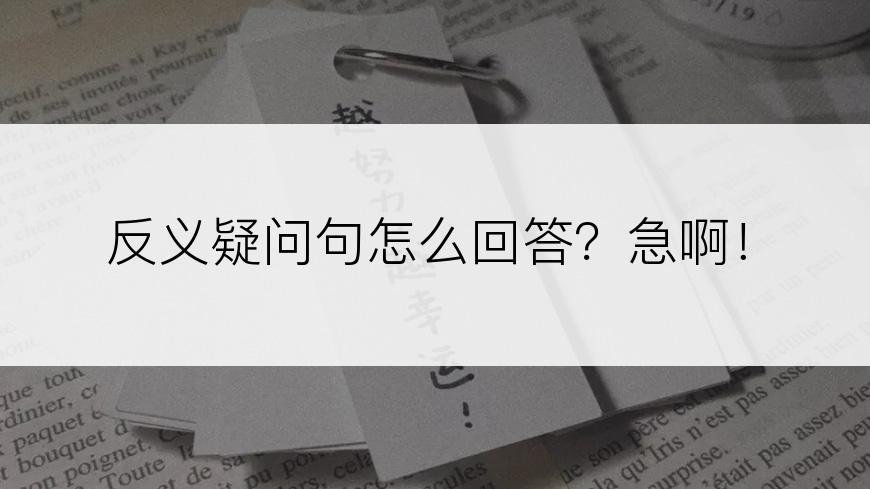

电脑 发布于 2022-07-23 03:02:37 浏览 5095
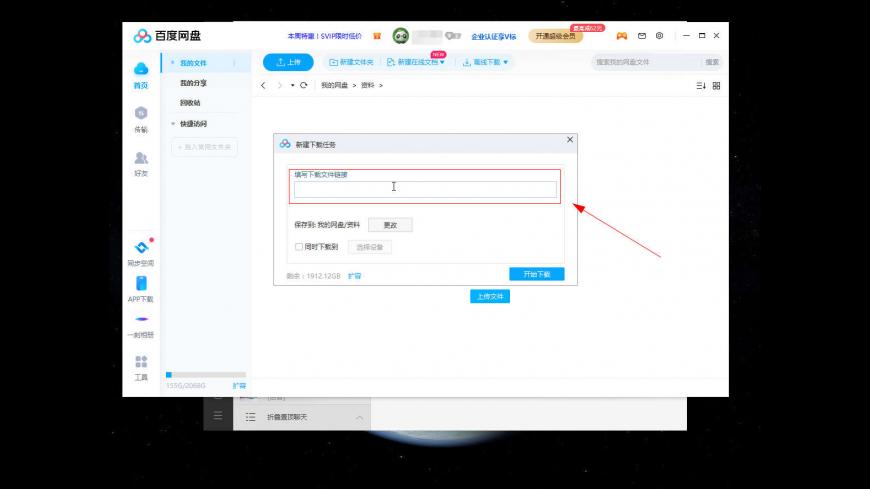
电脑 发布于 2022-07-19 08:52:48 浏览 1930

财税 发布于 2022-07-14 04:22:52 浏览 2086

财税 发布于 2022-07-14 04:19:15 浏览 1182

财税 发布于 2022-07-14 04:15:51 浏览 1021
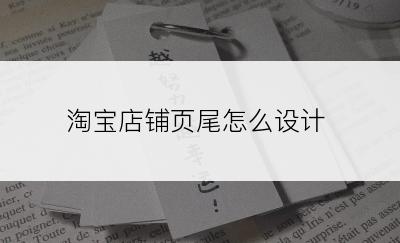
其他 发布于 2022-06-16 01:44:11 浏览 814
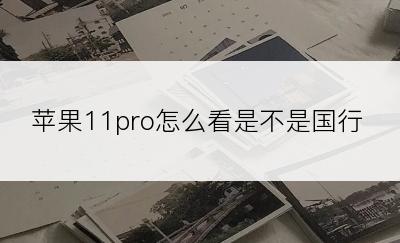
其他 发布于 2022-06-16 00:50:05 浏览 772

其他 发布于 2022-06-15 22:45:34 浏览 1120
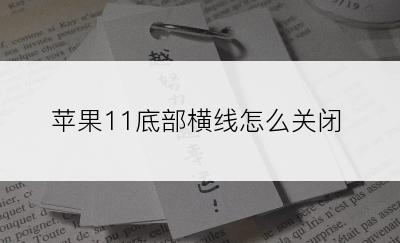
其他 发布于 2022-06-15 20:35:37 浏览 747